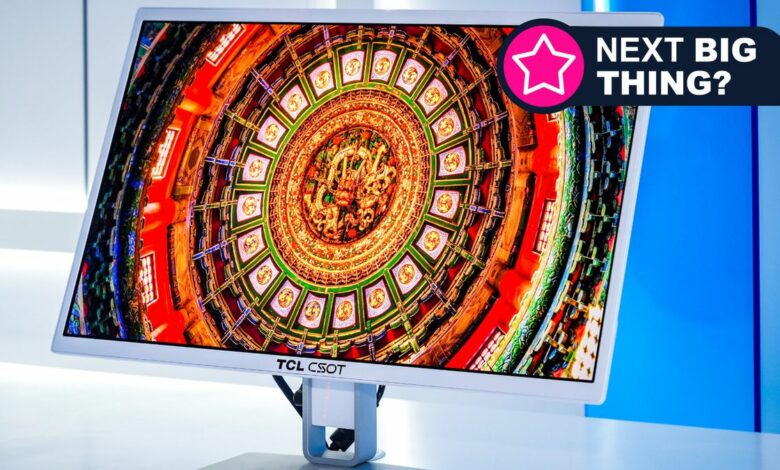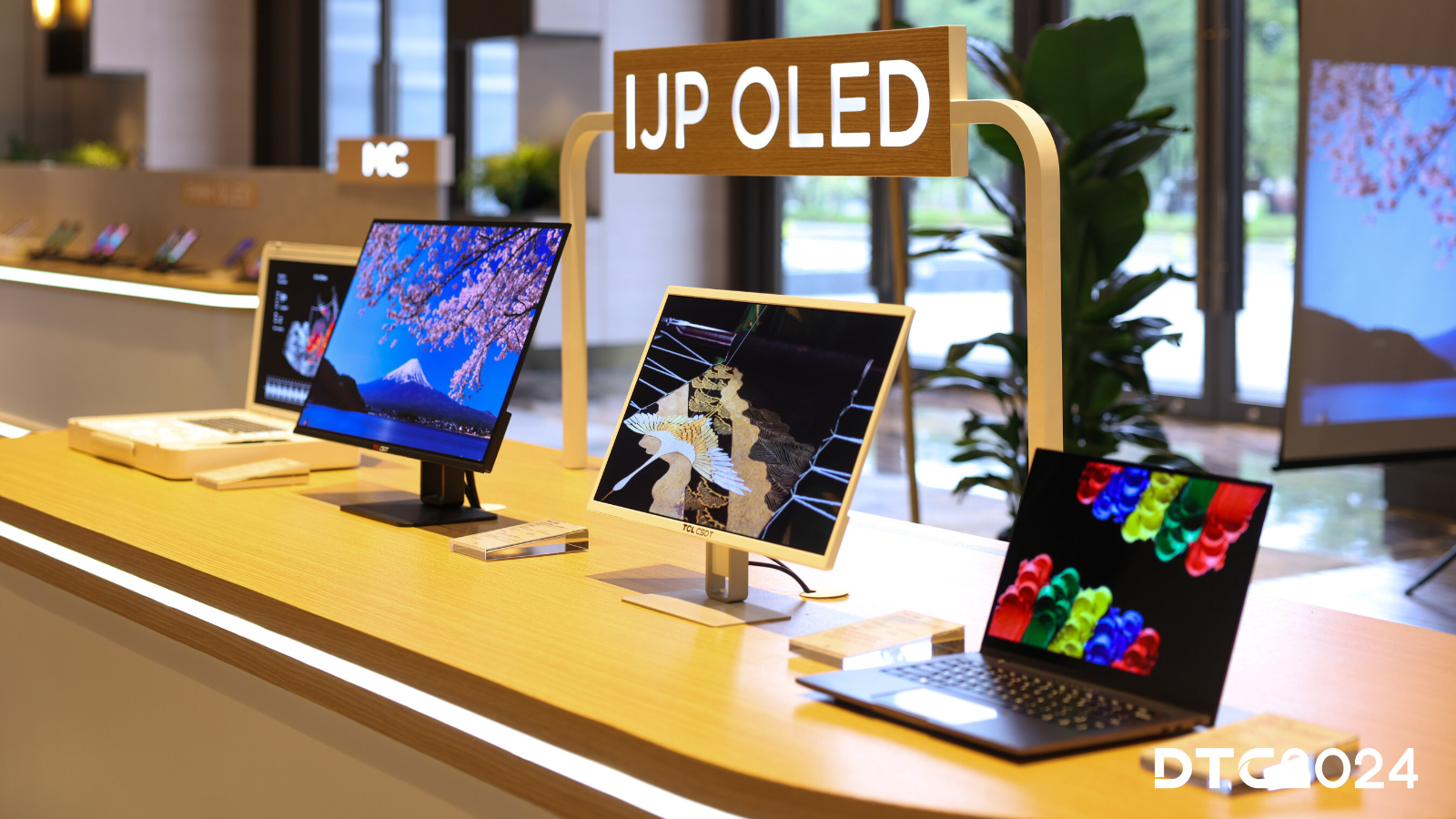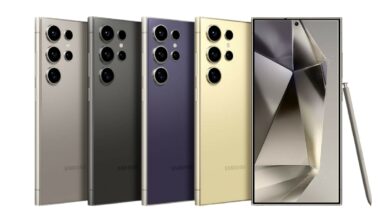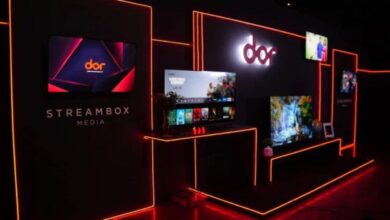OLED monitors and TVs could soon become cheaper thanks to TCL’s inkjet breakthrough

- TCL has started production of a 21.6-inch inkjet-printed OLED panel
- Inkjet printed panels are cheaper to produce and more efficient
- Larger IJP panels are still in the prototype phase
The OLED panel in your next monitor and TV can be created by an inkjet printer. It’s a technology TCL has been talking about for more than a decade, but the Chinese panel maker has finally made its screen printing ambitions a production reality.
TCL has officially started mass production of inkjet printed OLED panels. Their first application isn’t something you’re likely to see in your living room: a 21.6-inch 4K OLED display intended for professional medical use.
TCL also unveiled a prototype 27-inch inkjet-printed OLED panel for monitors. It joins the catalog of prototypes we’ve already seen from the manufacturer, including the foldable 65-inch OLED TV shown at Display Week in Los Angeles last year.
What makes the production news exciting is that it indicates that TCL has finally made the leap to real-world implementation of the prototype technology. It is the first concrete proof that the OLED panels of the future can be produced by inkjet printers.
TCL has long touted the benefits of panels made this way. The new production method has lower costs and produces OLEDs that last longer and consume less power. The question has always been whether the technology is feasible for mass production and whether it is capable of producing the larger panel sizes featured in our list of the best OLED TVs.
What’s new?
Traditionally, OLED panels are made by applying organic materials to a layer of glass via a stencil. This is achieved through an evaporation process in a vacuum chamber. Inkjet printed (IJP) OLEDs, on the other hand, use large printers to accurately deposit the material.
This significantly reduces the amount of production waste, which in turn means that IJP panels can be made for less money. TCL estimates that its IJP panels are 20% cheaper overall and can be made 30% faster than traditional OLED displays, and also that the materials used have a longer lifespan.
It also claims that the printed RGB OLED loses 50% less light due to internal reflection, resulting in “higher light output efficiency compared to traditional OLED displays.” According to TCL, this means it can display brighter images with the same amount of power.

However, that improvement in efficiency does not mean that IJP panels are brighter. With a maximum brightness of 350 nits, the 21.6-inch screen that TCL has put into production is considerably dimmer than competing OLED panels from LG and Samsung, which peak above 1,000 nits.
The benefits to consumers are instead a potential reduction in the cost of OLED displays. IJP panels should be cheaper to use and last longer. And assuming the lower production costs are reflected in retail prices, TVs with IJP screens could significantly reduce the cost of owning an OLED screen.
Questions remain as to whether the technology can be effectively applied to produce larger panels. Although TCL has demonstrated larger prototypes, there is still a long way to go from the 21.6-inch production panel to the 55-inch and 65-inch panel sizes required for the best OLED TVs.
Still, TCL’s IJP panel with a density of 204PPI and 99% coverage of the DCI-P3 color space is otherwise competitive.




